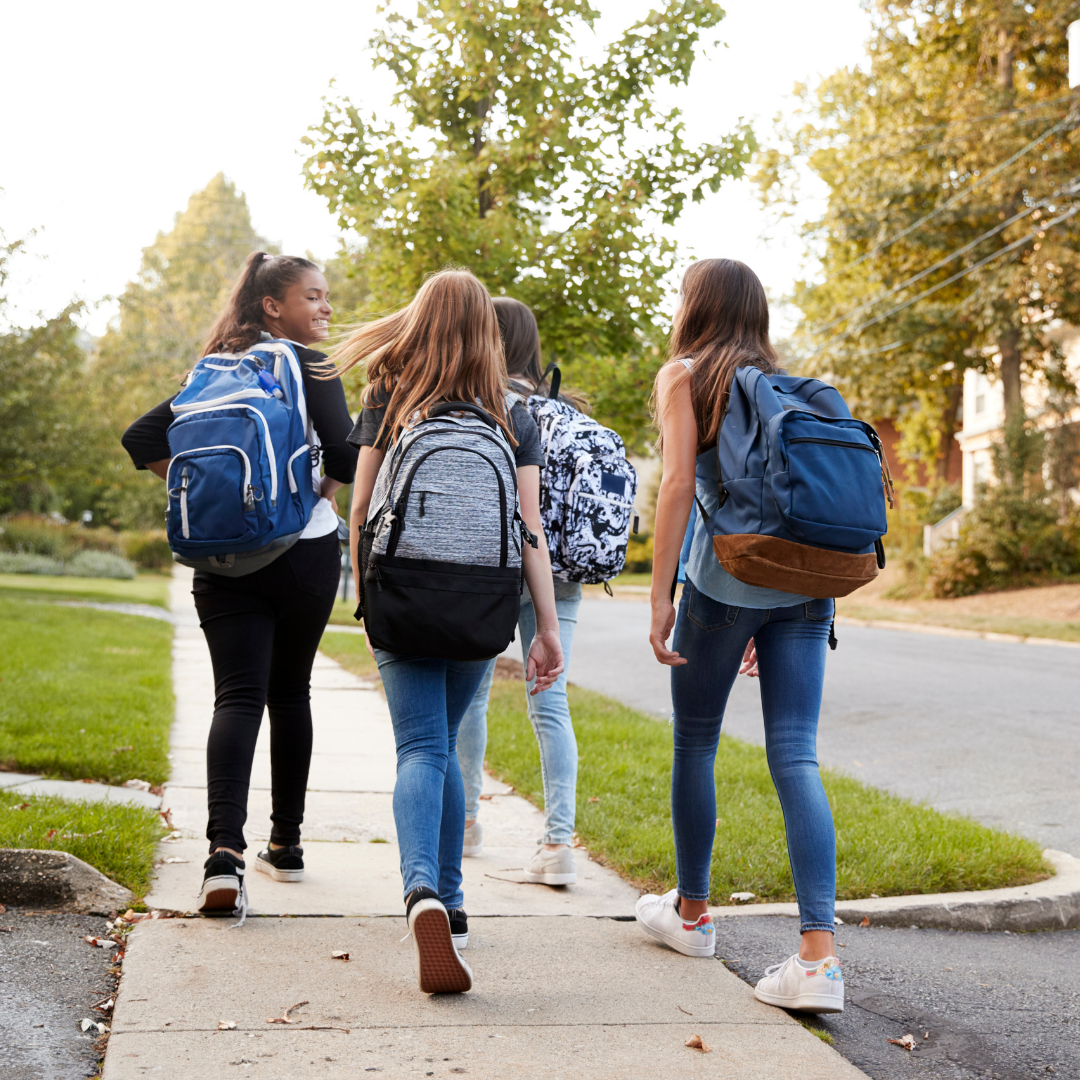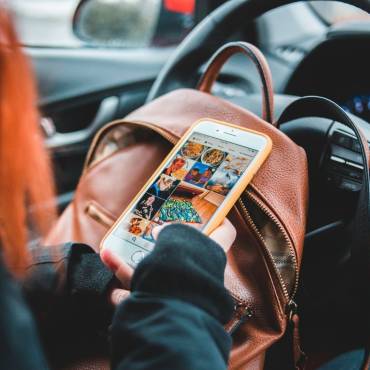What We Can Learn from Iceland
The Iceland Prevention Model is famous among people who work in the field of substance-use prevention. The Iceland Prevention Model was developed by a team of Icelandic researchers and policymakers in partnership with American psychologist, Dr. Harvey Milkman. It emerged as a response to a serious problem of substance use among teens in Iceland in the 1990s. In 1992, a large-scale survey was conducted to help researchers identify the environmental conditions of children who were using drugs, tobacco, or alcohol. This survey has been repeated annually, and through the information collected, researchers identified certain protective factors that correlated with substance-free youth:
1. Promoting alternative recreational activities
2. Strengthening family ties
3. Improving self-confidence
4. Building social skills
5. Broadening cultural experiences
This cycle of collecting and responding to data has fueled the Icelandic Model. Jón Sigfússon (ICSRA Director of Youth in Iceland and Youth in Europe) illustrates this process:
“Well, it’s not magic. It’s simply organized, structured work. We collect data in Iceland in February among the 10-16 year old students and within a period of about two months we have processed this data and made the report. They know from this data the situation in their municipalities approximately two months after the actual data collection. …They gather people working in the field… teachers, politicians, people from the health care center, the church, the sports club. They gather parents of course. We go through the situation and just talk about how the situation is. This is how your children are feeling, this is what they want and here there is a rise, here is a decline. We follow this up so that the information gets into action as soon as possible.”
People in Iceland began a community-based initiative to help young people develop these protective factors. A national plan called Youth in Iceland implemented stronger laws that prevented youth from purchasing alcohol and tobacco, established parent organizations in schools, provided parents with support and education, and, most controversially, established a curfew for children under the age of 17. Additionally, Iceland increased its state funding for organized recreational activities for children, helping families who may not be able to afford these activities on their own.
But how can The Iceland Prevention Model be applied in the United States? Certainly, the U.S. is much larger and has a different social, economic, and political structure. But this community-based prevention effort still has a great deal of potential to keep American teens free of substance use. There are several key takeaways from the Iceland Prevention Model:
1. Ensure that young people have access to alternative recreational activities that provide healthy outlets for time and energy. Fund these activities to make them available to all young people.
2. Educate parents about spending time with their kids, talking to kids and teens about substance use, and limiting their unsupervised time. Develop strong connections between parents and schools.
3. Involve schools, churches, community centers, and as many local resources as possible in prevention efforts. Help them understand and execute their role in keeping young people healthy.
4. Strive to delay the “first drink” until at least age 18 to limit the risk of addiction.
5. Work toward an ongoing process for collecting information about substance use behaviors and correlating factors of kids to better understand the types of support they need.
These suggestions align with our work. Drug Free Clubs of America is on a mission to reduce the impacts of drug use in youth. Across the nation, drug and alcohol use is on the rise among teens. We provide students with practical tools and techniques to navigate peer pressure and choose a healthy lifestyle. Partnering with schools and communities, we offer preventative programming to meet students where they are. Through randomized drug testing, educational resources, a positive outlet, and a supportive community, we are changing school cultures and reducing alcohol, marijuana, vaping, and other detrimental activities among our members and the entire school body. Drug Free Clubs of America has over 5,000 student and faculty/staff members and Clubs in over 50 schools in Ohio, Kentucky, and West Virginia.




Add Comment